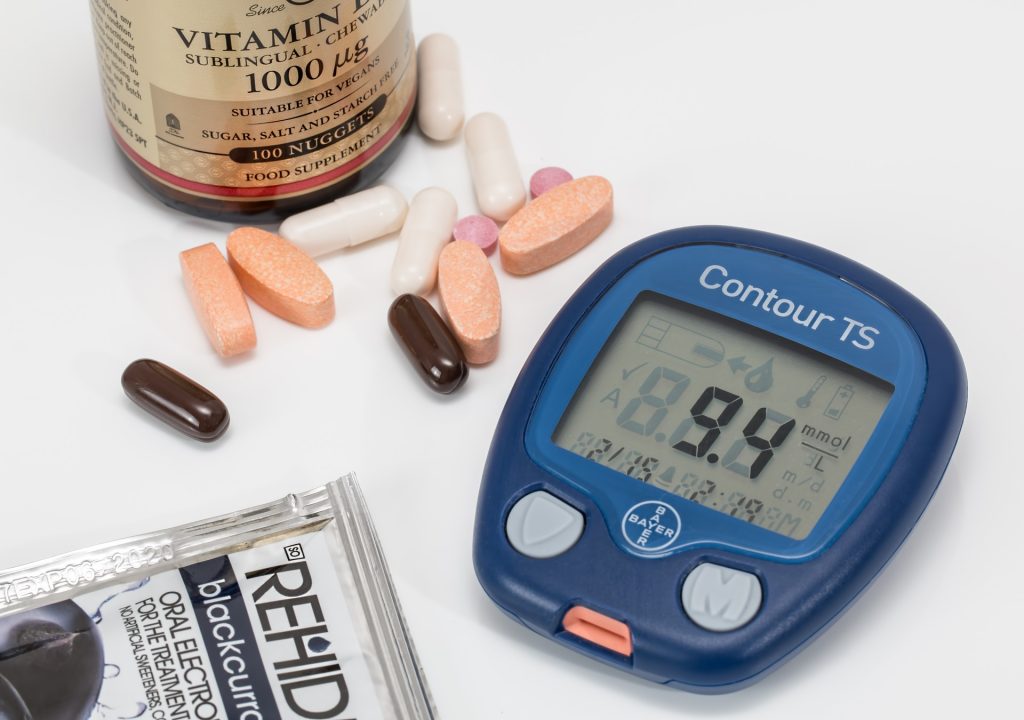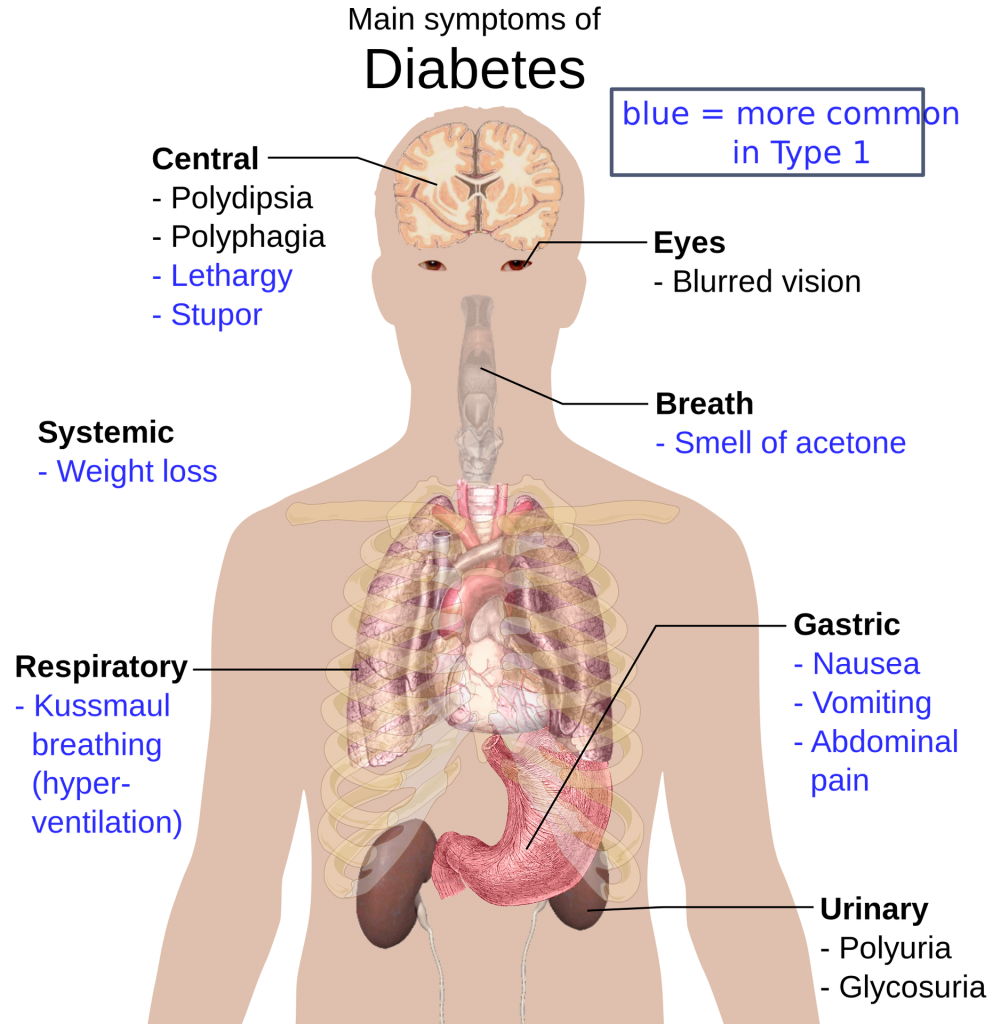What Is Diabetes?
According to the World Health Organization, around 1.6 million people have died due to diabetes in 2016 alone. This makes it one of the leading causes of death worldwide. Between 1980 and 2014, the amount of people with diabetes has increased almost four-fold changing from 108 million to 422 million. It is also estimated, that by 2045, this number will skyrocket once again to 629 million diabetics worldwide. But what exactly is diabetes?

What causes diabetes?
Well-functioning bodies break down the carbohydrates that we eat or drink to release their sugar (glucose) into our blood. In order to have the glucose enter your cells, however, a hormone called insulin is needed. Insulin is produced in the pancreas which, in a well-functioning body, will produce the right amount of insulin for the amount of food consumed.
Diabetes is a medical condition that describes a series of metabolic diseases which cause high blood sugar levels. These metabolic diseases include a malfunctioning pancreas which is unable to produce sufficient insulin or a body unable to effectively use the insulin it produces to regulate its blood sugar. A common result of untreated diabetes is high blood sugar levels (hyperglycemia) which could, over time, lead to serious damage to the body’s systems, especially nerves and blood vessels.
Type 1 Diabetes
Previously known as “juvenile diabetes” or “insulin-dependent diabetes”, type 1 diabetes is a chronic disease in which the pancreas produces little or no insulin.
Type 1 diabetes signs and symptoms can appear relatively suddenly and may include:
- Increased thirst
- Frequent urination
- Bed-wetting in children who previously didn’t wet the bed
- Extreme hunger
- Unintended weight loss
- Irritability and other mood changes
- Fatigue and weakness
- Blurred vision
If left untreated, type 1 diabetes can lead to complications in the primary organs of the body, such as the heart, blood vessels, nerves, eye, and kidneys. These disabling, sometimes life-threatening complications include:
- Heart and blood vessel disease. Diabetes increases the risk of various cardiovascular problems, such as heart attacks, strokes, and high blood pressure.
- Nerve damage. With the excess sugar coursing through your body, the walls of the capillaries that nourish your veins could be injured. This could lead to tingling, numbness, burning or pain in your feet or fingers that could spread causing you to lose feeling in your limbs. If the sugar affects the gastrointestinal tract, you may experience nausea, vomiting, diarrhea or constipation. Men may experience erectile dysfunction.
- Kidney damage. Diabetes has the ability to damage the delicate blood vessels that form part of the kidney’s filtering system, and could potentially lead to kidney failure and end-stage kidney disease.
- Eye damage. The blood vessels of the retina could be negatively affected by diabetes causing blindness and increasing the risk of other diseases such as cataracts and glaucoma.
- Foot damage. Diabetes is one of the major causes slowing down the wound healing process. This is due to the ways in which high blood glucose levels damage organs, blood vessels, and nerves. When wounds aren’t able to heal properly, amputations are usually the option most health practitioners have to resort to.
- Pregnancy complications. If not regulated properly, diabetes can cause several issues for mothers and babies. This includes the risk of miscarriage, stillbirth, and birth defects.

Type 2 Diabetes
Also known as “adult-onset diabetes” or “noninsulin-dependent diabetes”, type 2 diabetes is a chronic condition that affects the way your body metabolizes sugar. This can happen in two ways, either your body resists the effects of insulin or is unable to produce enough insulin.
The risk of developing type 2 diabetes increases as you age, and sometimes symptoms can go unnoticed for years. These include:
- Increased thirst and frequent urination
- Increased hunger
- Weight loss
- Fatigue
- Blurred vision
- Slow-healing sores or frequent infections
- Areas of darkened skin
If left untreated, type 2 diabetes can lead to a number of complications similar to type 1 diabetes. This includes having the same effects on heart and blood vessels and creating nerve damage, kidney damage, eye damage, and foot damage. Other complications particular to type 2 diabetes that may develop are:
- Hearing impairments. Hearing problems are a common feature in people with diabetes.
- Skins conditions. Diabetes makes individuals more prone to skin problems including bacterial and fungal infections. Some individuals also develop acanthosis nigricans which results in patches of dark velvety skin in the folds and creases of the body.
- Alzheimer’s disease. Although the exact link between the two condition remains unclear, a number of cases have suggested that the poorer your blood sugar control the greater the risk appears to be.



